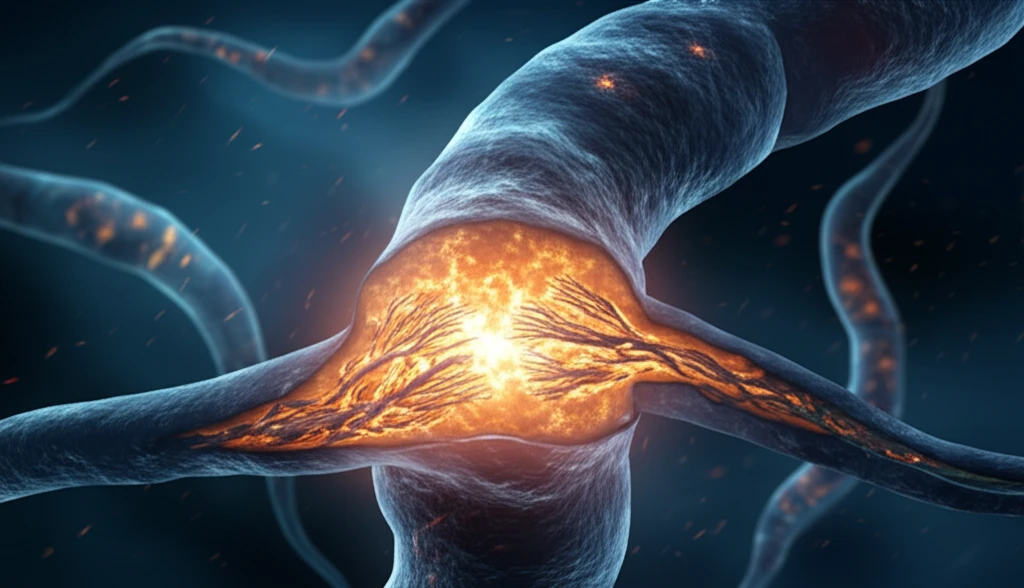
Decoding Spinal Cord Injury: Can Stem Cells Pave the Way to Recovery?
"Discover how cutting-edge stem cell research is revolutionizing our understanding and treatment of spinal cord injuries, offering hope for restoring lost function."
Spinal cord injuries (SCI) present formidable challenges, often leading to limited therapeutic options for patients. The biological response to traumatic SCI is complex, making effective treatments difficult to develop. However, recent breakthroughs in cell transplantation have opened new avenues, demonstrating the potential of supportive cell types to aid recovery after SCI.
Among these advancements, pluripotent stem cells have emerged as a particularly promising source for generating neural cells. Their ability to differentiate into various cell types and expand in vitro makes them invaluable for research and potential therapeutic applications. Scientists are now intensely focused on harnessing these cells to understand and treat SCI more effectively.
This article explores how specific neural populations derived from pluripotent stem cells are being used to understand and potentially treat spinal cord injuries. We will examine the signaling pathways that guide the differentiation of these stem cells into spinal neural phenotypes, highlighting methods developed to direct stem cells towards specific neural fates, and discuss how these techniques could revolutionize SCI treatment.
The Science of Spinal Cord Injury

Spinal cord injury affects over 250,000 individuals in the United States alone, often resulting in poor functional recovery. The primary injury is followed by a secondary phase of necrosis, where damage to neurons leads to a toxic chemical release, causing further cell death. Astrocytes react to this environment by migrating to the injury site and forming a glial scar, which, while containing the damage, also inhibits axon growth.
- Current treatment approaches include stimulation of growth or repair mechanisms.
- Scaffolding is used to promote directed axon growth.
- Cellular transplantation of neural cell types is being explored.
The Future of SCI Treatment
Stem cell research offers a promising avenue for developing effective therapies for spinal cord injury. By understanding and harnessing the potential of pluripotent stem cells to differentiate into specific neural cell types, scientists are paving the way for new treatments that could restore lost function and improve the lives of individuals affected by SCI. While challenges remain, the ongoing research and development in this field offer hope for a brighter future for SCI patients.
